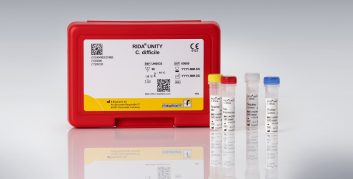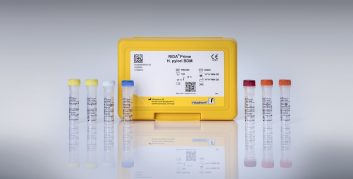Hospital acquired infections (HAI), also known as nosocomial infections, describe infections that have been acquired during hospitalization or during treatment within a hospital or other clinical settings.
Common types of HAI are diarrhea, urinary-tract infections, sepsis caused by vein catheters, pneumonia and infections following surgery.
All types of microorganisms, including bacteria and fungi, are known to cause HAI which are also difficult to treat, especially in case of antibiotic-resistant strains. Antimicrobial Resistance (AMR) are on the rise. Around 4.95 million deaths worldwide are associated with AMR (as of 2019).
Culture is the gold standard for drug resistance testing. The time factor is particulary important for high risk patients. Therefore, a rapid supportive diagnostics e.g. PCR is important for initiating provisional therapy. In addition, PCR allows a fast and effective screening option for infections within a clinical setting.
R-Biopharm offers different solutions for diagnostics of hospital aquired infections and drug resistance.
- Manual low plex Real-Time PCR – RIDA®GENE
- Semiautomated high multiplex Tandem PCR – TandemPlex®
- Automatable ELISA – RIDASCREEN®
- Rapid lateral flow assays – RIDA®QUICK
Choose a technology
Choose a diagnostic field
Choose your product for nosocomial infections
You might also be interested in
Support on hospital acquired infections
Questions? Tap into our team’s expertise. We’re here to support you and your business throughout the testing process to ensure your success


















